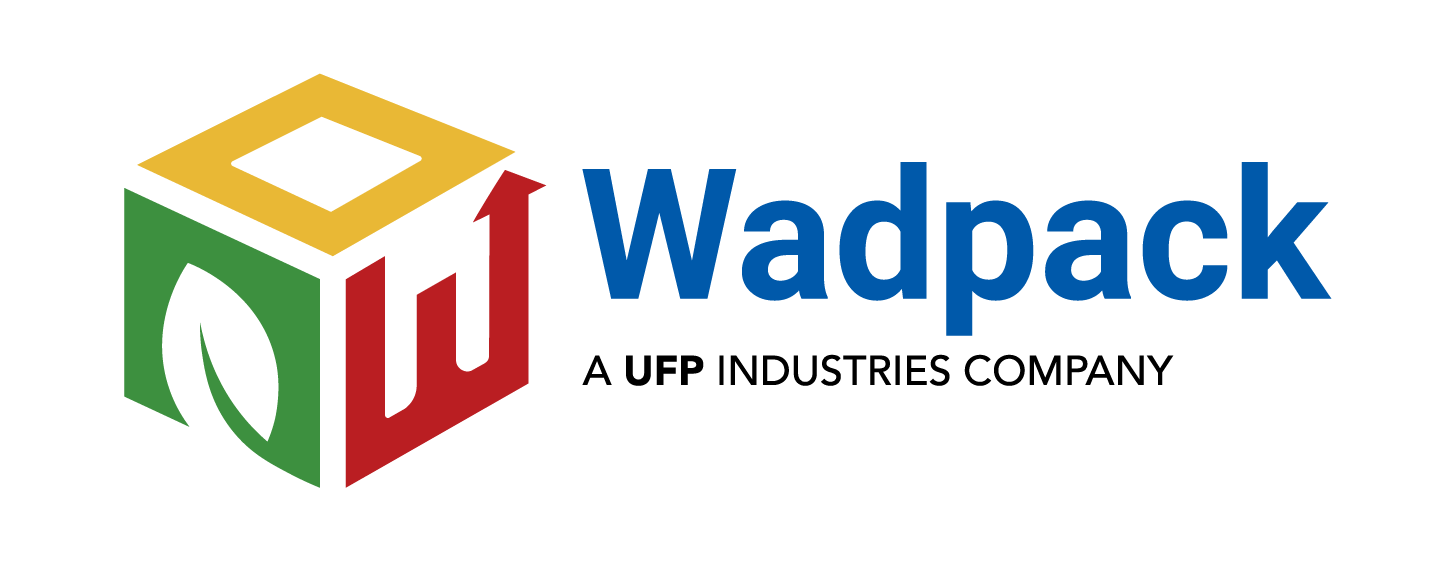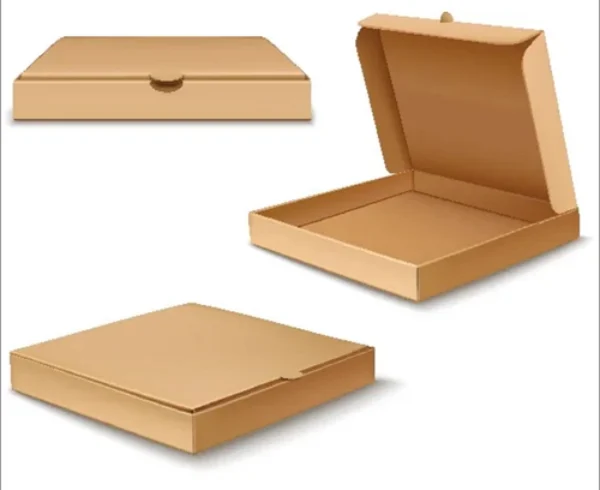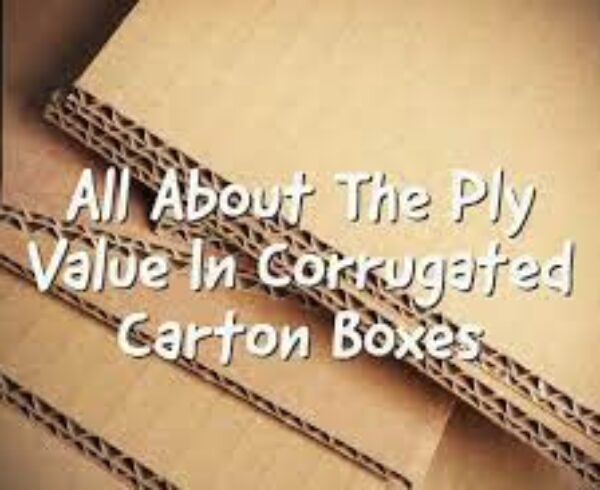Four Popular Kinds of Paper Grade for Packaging

Packaging is an essential aspect of modern commerce, and choosing the right type of paper grade is crucial to ensure the protection, presentation, and functionality of packaged goods. There are various paper grades available for packaging purposes, each with its unique properties and applications. In this article, we will explore four popular kinds of paper grade used in packaging and their respective characteristics.
Kraft Paper

Kraft paper is one of the most commonly used paper grades for packaging. It is a versatile and durable material made from chemical pulp produced by the kraft process. The kraft process involves treating wood chips with a mixture of strong alkalis and sulfates, resulting in a strong, sturdy paper with excellent tear resistance.
Characteristics of Kraft Paper
- Strength and Durability: Kraft paper is known for its exceptional strength, making it ideal for heavy or bulky items. Its tear-resistant properties ensure that the package remains intact during handling and transportation.
- Eco-friendly: Kraft paper is made from renewable resources, such as wood pulp from sustainably managed forests, making it a more environmentally friendly option compared to some other packaging materials.
- Brown Color: Kraft paper typically has a natural brown color due to the minimal bleaching during the production process. This characteristic can be appealing to eco-conscious consumers and businesses aiming for a rustic or natural look.
- Versatility: Kraft paper comes in various thicknesses, ranging from lightweight to heavy-duty. It is available in different forms, such as rolls, sheets, or bags, and can be used for various packaging applications, including wrapping, cushioning, and void fill.
- Customizable: Kraft paper can be easily customized through printing, stamping, or labeling, allowing businesses to add branding elements, product information, or decorative designs to the packaging.
Common Applications of Kraft Paper
- Wrapping: Kraft paper is often used for wrapping items like gifts, parcels, or merchandise, providing a protective outer layer and maintaining a rustic or eco-friendly aesthetic.
- Corrugated Boxes: Many corrugated boxes have an outer layer of kraft paper, which enhances the box’s strength and appearance.
- Shipping Envelopes: Kraft paper is used to make durable shipping envelopes that can withstand rough handling during transit.
- Grocery Bags: Brown kraft paper bags are commonly used for packaging groceries and other retail items.
White Cardboard

White cardboard, also known as whiteboard or solid bleached sulfate (SBS) board, is a premium grade of paperboard that offers a clean and elegant appearance. It is made from bleached chemical pulp, resulting in a smooth, bright white surface.
Characteristics of White Cardboard
- Superior Printability: The smooth and bright surface of white cardboard provides an excellent canvas for high-quality printing and vibrant graphics, making it a popular choice for packaging with elaborate designs or branding elements.
- Stiffness and Rigidity: White cardboard is more rigid and thicker than standard paper grades, offering enhanced structural integrity and protection for delicate or valuable products.
- Clean Appearance: The bright white color of the board gives a clean and professional look to the packaging, making it suitable for luxury goods, cosmetics, electronics, and other high-end products.
- Laminating Capabilities: White cardboard can be easily laminated with various finishes, such as gloss or matte, further enhancing its appearance and durability.
Common Applications of White Cardboard
- Product Packaging: White cardboard is commonly used for premium product packaging, such as electronics, cosmetics, jewelry, and luxury items.
- Folding Cartons: White cardboard is extensively used to create folding cartons for retail products, providing a sturdy and visually appealing package.
- Display Boxes: Its printability and clean appearance make white cardboard an excellent choice for display boxes and point-of-sale materials.
- Greeting Cards and Stationery: The smooth surface of white cardboard makes it a popular choice for printing greeting cards, invitations, and stationery items.
Corrugated Board

Corrugated board, commonly referred to as corrugated cardboard, is a widely used packaging material known for its excellent strength-to-weight ratio. It consists of a fluted layer (corrugated medium) sandwiched between two flat linerboards.
Characteristics of Corrugated Board
- Strength and Cushioning: The corrugated structure of the board provides outstanding strength and cushioning, making it suitable for protecting fragile or delicate items during shipping and handling.
- Lightweight: Despite its robustness, corrugated board is relatively lightweight, which helps reduce shipping costs and environmental impact.
- Customizable: Corrugated board can be easily cut, folded, and shaped to create a variety of box designs, making it highly versatile for different packaging needs.
- Recyclability: Most corrugated board is made from recycled materials and is fully recyclable, aligning with environmentally friendly packaging practices.
- Printability: While not as smooth as white cardboard, corrugated board still offers decent printability, allowing businesses to add branding or product information to the packaging.
Common Applications of Corrugated Board
- Shipping Boxes: Corrugated boxes are widely used for shipping and transporting various products, ranging from consumer goods to industrial equipment.
- E-commerce Packaging: With the growth of online shopping, corrugated board is heavily utilized for e-commerce packaging due to its protective qualities and cost-effectiveness.
- Retail Displays: Corrugated board can be fashioned into eye-catching retail displays, stands, and point-of-sale units, promoting products in-store.
- Furniture and Appliances: Heavy-duty corrugated board is used to package large items like furniture, appliances, and electronics, providing adequate protection during transit.
Newsprint

Newsprint is a low-cost, lightweight paper grade primarily used for printing newspapers. While not as common for primary packaging, newsprint is sometimes employed for secondary or filler packaging purposes.
Characteristics of Newsprint
- Low Cost: Newsprint is one of the most economical paper grades, making it an attractive choice for businesses seeking budget-friendly packaging solutions.
- Lightweight: Newsprint is lightweight and has good foldability, making it suitable for wrapping items or filling void spaces in boxes.
- High Porosity: Newsprint has a relatively high porosity, which allows it to absorb moisture quickly. This characteristic can be beneficial when packaging items that need to stay dry.
- Recyclability: Like other paper grades, newsprint is recyclable and can be included in recycling programs to reduce environmental impact.
Common Applications of Newsprint
- Void Fill: Newsprint can be crumpled and used as void fill material inside shipping boxes to prevent items from shifting during transit.
- Wrapping: While not as durable as kraft paper, newsprint can be used for lightweight wrapping or as an inner layer for added protection.
- Filler Paper: Newsprint can be used as filler paper in shipping envelopes or packages to cushion and protect items.
In conclusion, selecting the right paper grade for packaging depends on various factors, including the nature of the products being packaged, the desired appearance, and the budget considerations. Kraft paper offers strength and eco-friendliness, white cardboard provides a premium appearance with excellent printability, corrugated board excels in strength and cushioning, and newsprint offers a low-cost option for secondary packaging needs. By understanding the characteristics and applications of these popular paper grades, businesses can make informed decisions to optimize their packaging processes and ensure the safe delivery of their products to customers.




Leave a Comment